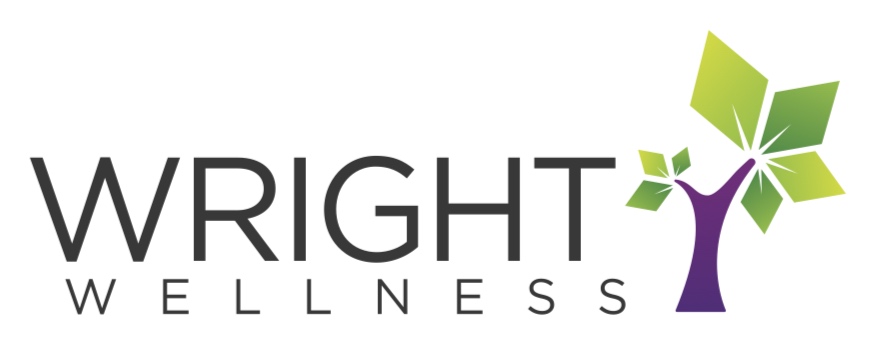This Post-Quarantine World: The Delay of Everything
While COVID still exists as an illness, it has gone from being a public medical crisis to a public mental health crisis. People find themselves unable to be and do as they were before quarantine. Instead of the government holding people in place, people are now seized into solitude by anxiety and depression, and the fear of “being out there.” If this is you, you are not alone. You are not the only one.
Thriving extroverts now find themselves fighting to regain their normal. They miss connection with others; however, they are stuck in disconnection, even from themselves. Some are just now feeling the emotions of a standstill world. In that sense, they have come to an emotional stop. There are kids who struggle with being in school because they started online. There are those that were thriving in person that had to go online and they feel they can no longer manage sitting in a classroom. Normal developmental tasks like potty training and talking are happening later. You are not alone. You are not the only one.
The world collectively held its breath and much of the world is still holding its breath. Abnormal became normal. Now, people are being asked to carry on and jump right back in; however, this registers to the nervous system now as abnormal. People are struggling to regulate with activities of daily living. What is normal has radically shifted. People have forgotten how to people. Human beings want to hide from this by becoming human doings. If this is you, you are not alone. You are not the only one.
It is okay to reach out for help so that you can finally exhale and build up to the inhale of this new normal that was the old normal before the pandemic.
-Mea McMahon, LPC the Peace
Let’s talk about the idea of “keeping the peace.” Of course, peace is generally considered a positive concept and is in most contexts. However, in relationships, keeping the peace is a different story. Healthy relationships will NOT always be peaceful. Let me explain.
Relationships take work and naturally involve disagreement and discomfort at times. Identifying, expressing, and exploring the thoughts, feelings, and needs of each individual can create waves that will disrupt that illusion of peace. If one has learned to keep the peace over having those necessary and uncomfortable conversations, then communication is stopped, growth is stifled, and suppression often follows. We often learn the peacekeeper role from an early age.
Instead of a peaceful relationship, the goal is an emotionally safe one. A relationship where both individuals are able to show up, have uncomfortable conversations, hold a safe space for one another to listen, and regulate themselves as needed throughout and afterward. We should never fear expressing how we feel in truly safe relationships. We should not worry about the reaction of the other person to the point that we silence ourselves. That is a sign that something is not okay.
Check-in with yourself next time you hesitate to express yourself, even if just for a moment. Are you stepping into the peacekeeper role? If so, try to identify what you are afraid of and remember that keeping the peace is not the long-term solution that you deserve in your relationships.
Written by Mea McMahon, LPC
















